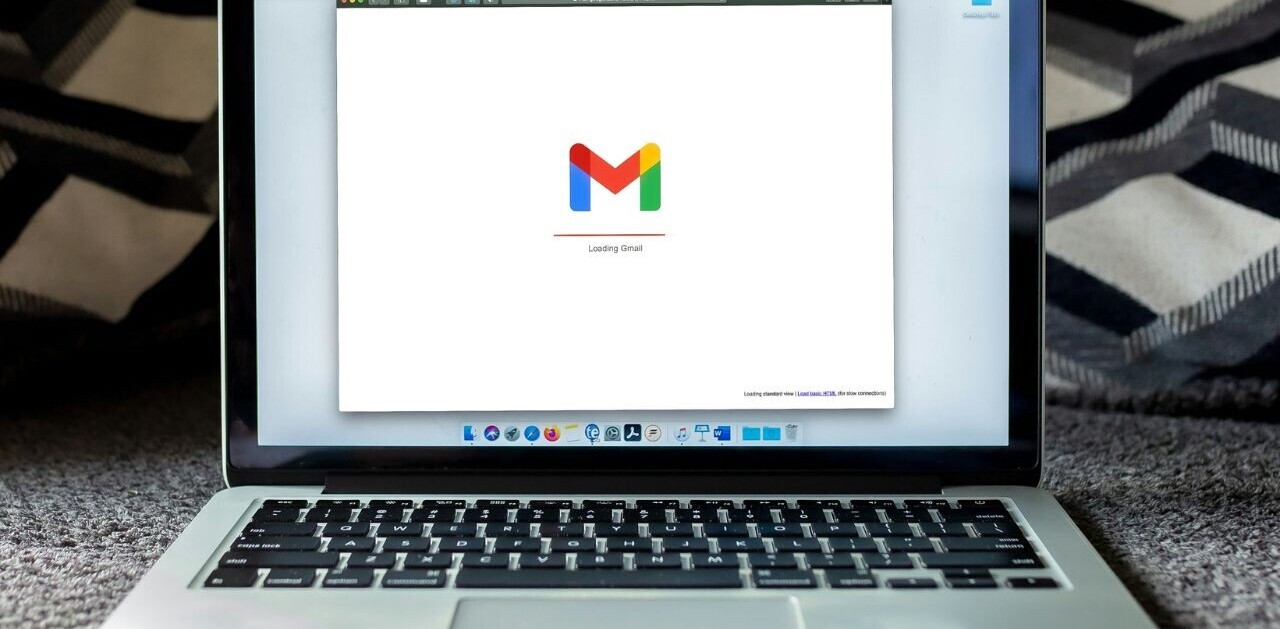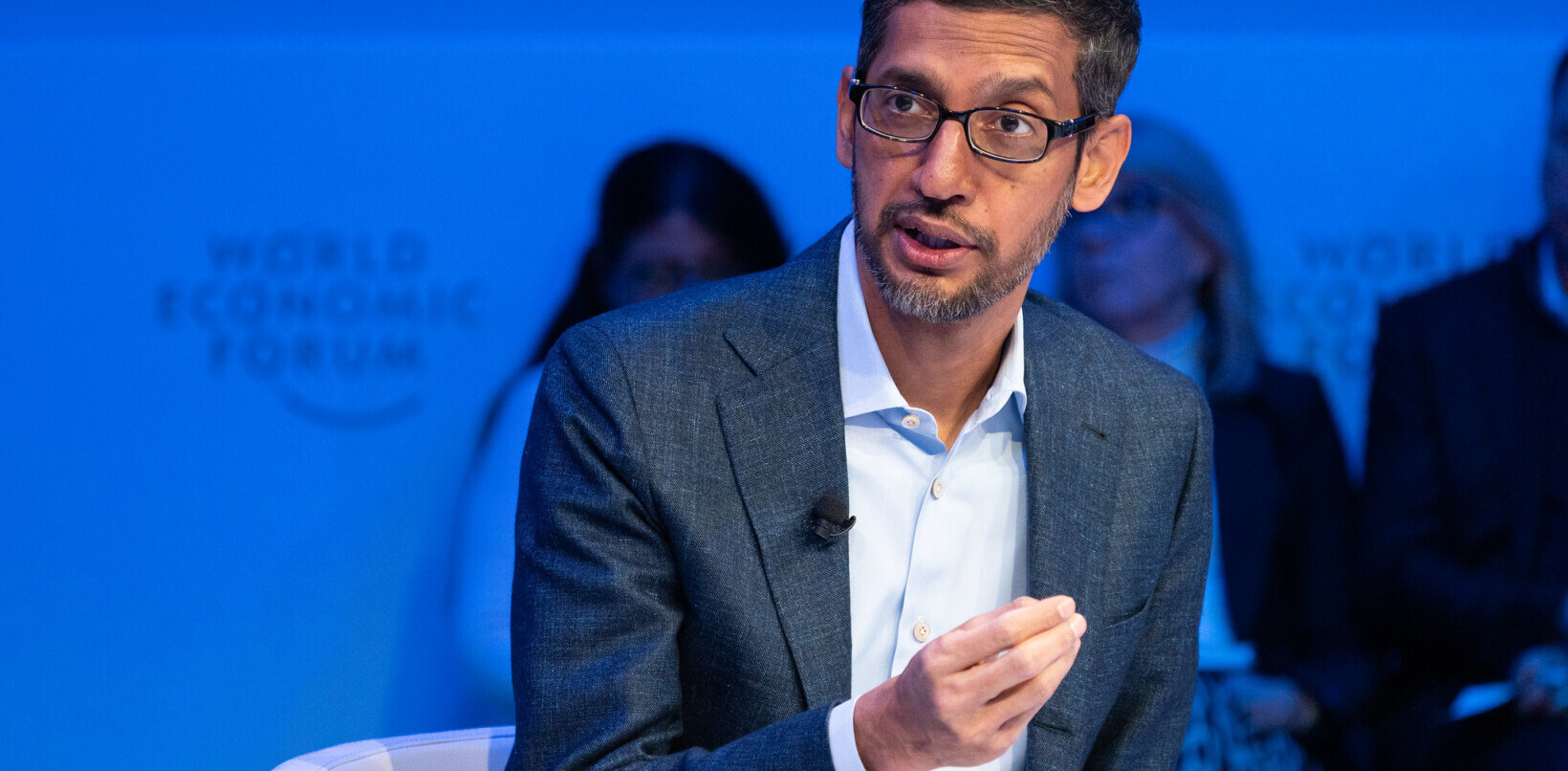
A team of researchers at King’s College London, has demonstrated that, despite being the more vulnerable group when it comes to cyber abuse, women engage much less than men with security and privacy tech.
Led by Dr Kovila Coopamootoo, lecturer in Computer Science within the Cyber Security Group at King’s College, the research revealed a significant gender gap in the utilisation of tools designed to keep users safe online.
From a survey of 600 people, in near equal proportion men and women, the team concluded that the habits of protecting oneself from cyber harassment and crime differ greatly between the two groups.
Of the respondents, just over 75% of women were more likely to base their online safety customs on advice from family members and friends (intimate and social connections, or ISC), in comparison to under 24% of men. The vast majority of men on the other hand, 70%, were more likely to seek advice from online sources such as forums, reviews, and specialist pages. Meanwhile, this applied to only about 35% of women.
Now, your cousin Luke might be the world’s greatest cyber security buff, in which case asking for their advice is probably a sensible thing to do. However, the researchers argue that these ISC may not be particularly qualified to provide the most accurate or helpful information. Furthermore, the arguably often more well-informed cyber security expertise available on the internet is evidently not reaching the female population.
Gender norms at play
The study also found that women were much less likely to use a broader spectrum of online safety tools, such as a VPN, multi-factor authentication, firewall, anti-spyware, anti-malware, and anti-tracking. Instead, they were more inclined to rely on simpler and more readily available security measures, such as software updates and strong passwords.
“Women make up over 50% of the population yet they’re not able to effectively engage with digital safety advice, and security/privacy technologies,” Dr Coopamootoo stated. “The stark gender gap in access and participation, evidenced in our research, highlights the gender norms at play in online safety and the role that gender identity plays in staying safe online.”
How to increase gender equality and fairness in online safety
The research was presented at this year’s edition of the Usenix Security Symposium in Anaheim, California, an event sponsored by the likes of Meta, Google, TikTok, and IBM. The paper’s authors added a number of recommendations for developers and policymakers on how to make digital safety more inclusive.
This includes providing trustworthy support in coping with often complex harm situations in accessible language, tailoring advice to threatening situations more often experienced by women, and ensuring women and girls are equipped with the digital skills needed to comprehend online safety protocols. However, researchers also stressed the importance of designing advice and technology that anyone can use to gain optimal protection, irrespective of skill level.
“With online safety considered a social good and its equity advocated by international human rights organisations, we need action to bring about greater gender equity in online safety opportunities, access, participation, and outcomes,” Dr Coopamootoo added. “This requires re-envisaging the current models that don’t best serve women, so that we can make the online experience safer and fairer for everyone.”
Gender-based cyber violence is a constantly growing area of concern that has implications on both individual and societal levels. As if the obvious toll on mental health and quality of life was not enough, a different study commissioned by the European Parliament in 2021 estimated the overall costs of cyber harassment and cyber stalking of women in Europe at between €49 billion and €89.3 billion.
Get the TNW newsletter
Get the most important tech news in your inbox each week.





